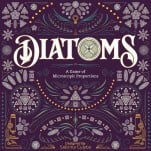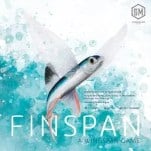Don’t Toss Any Coins to Gwent: The Legendary Card Game
Photo courtesy of Hachette
Gwent: The Legendary Card Game is a fictional game within the universe of The Witcher, where players can collect the cards required to play Gwent and then play it within the video game. Or so I’ve read: I’ve never played The Witcher itself. I have played Gwent, though, and it simply does not work.
Gwent takes its title from the Welsh name for a former county in the southeastern part of the country, part of an unfortunate trend to steal Welsh place names and terms and use them in fantasy settings because they look ‘exotic’ to English speakers. It’s a card battle game that has elements of deckbuilding and hand management games, as players will select cards from their chosen faction out of the five in the box, then build a deck to battle an opponent three times, with the winner of two of the three the ultimate victor.
Battles are mostly determined by card strengths—each unit card has a base strength value that may be ‘boosted’ by other cards, or sometimes directly by itself, while those cards can also be attacked and take damage, with the player discarding a card if it takes damage equal to or greater than its strength. Each player has two rows for cards, one for melee units and one for ranged ones. Some cards get an action when they’re first played, others get an action starting in the following round, and a whole lot of cards do nothing but sit there and be strong. A round ends when both players pass; at that point, the player with the higher total strength in their area wins the battle, and if the game isn’t over, players keep their hand cards into the next round, drawing just three more cards regardless of how many they were holding. Thus there’s some strategy involved here in choosing which of the three battles to punt so you can win the other two, such as when you know your hand happens to have many of your weaker cards, while your stronger ones are still in the deck and more likely to appear in a subsequent round.
-

-

-

-

-

-

-

-

-

-

-

-

-

-

-

-

-

-

-

-





















